Tokyo oldtown bicycle stroll #04
Just Five Minutes from the Airport to Old Tokyo!
~Haneda Airport, Kamata, Magome, Omori~
Everyone has their own idea of what an old town is.
An old neighborhood. A low-lying area. A down-to-earth, working-class town.
A place where you might run into Tora-san or Ryo-san.*
This time, I visited Ota Ward, home to Japan’s gateway, Haneda Airport.
Cross the bridge from the airport and explore by bike — you’ll soon realize this is unmistakably part of Tokyo’s old town.
*Tora-san and Ryo-san are the main characters of a film and a manga series, both set in Tokyo’s old town districts.
Text & Photo_Shitamachi Kombu
Table of Contents
Surprisingly Easy! From Haneda Airport to Kamata by Bike
Anamori Inari Shrine – A Fox-Themed Favorite
Kamata: One of Tokyo’s Hidden Hot Spring Districts
(Bonus) Fresh Seafood Feast at Ota Market
Getting Lost on the Way to Ikegami Honmonji Temple
Admiring Works by the Painter Loved by Steve Jobs in the Magome Area
Finishing Off at the Famous Oomori Restaurant “Nikomi Tutahachi”
Surprisingly Easy! From Haneda Airport to Kamata by Bike
A drizzly morning at Haneda Airport’s Terminal 3.
This time, I decided to try getting around by bicycle starting right from the airport.
While travelers bustled about, I headed to the parking area of Hotel Villa Fontaine, which is directly connected to the terminal — and there I found a bike-share port.
There were two options available: Docomo Bike Share and Hello Cycling.
For this ride, I chose to go with Hello Cycling.
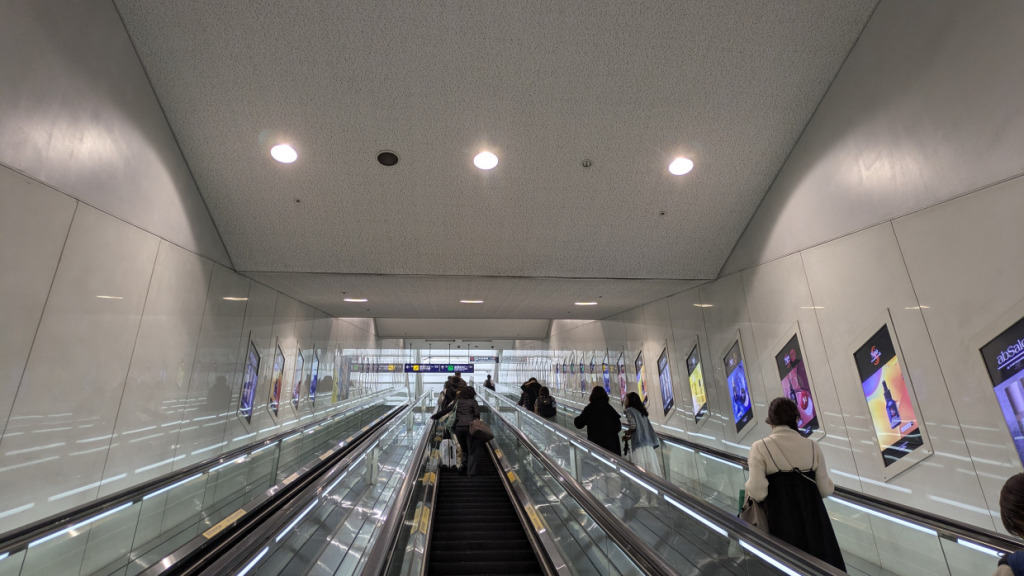
Since many small, locally owned shops in the old town don’t accept credit or debit cards, it’s a good idea to withdraw some cash (Japanese yen) at the airport before you head out.
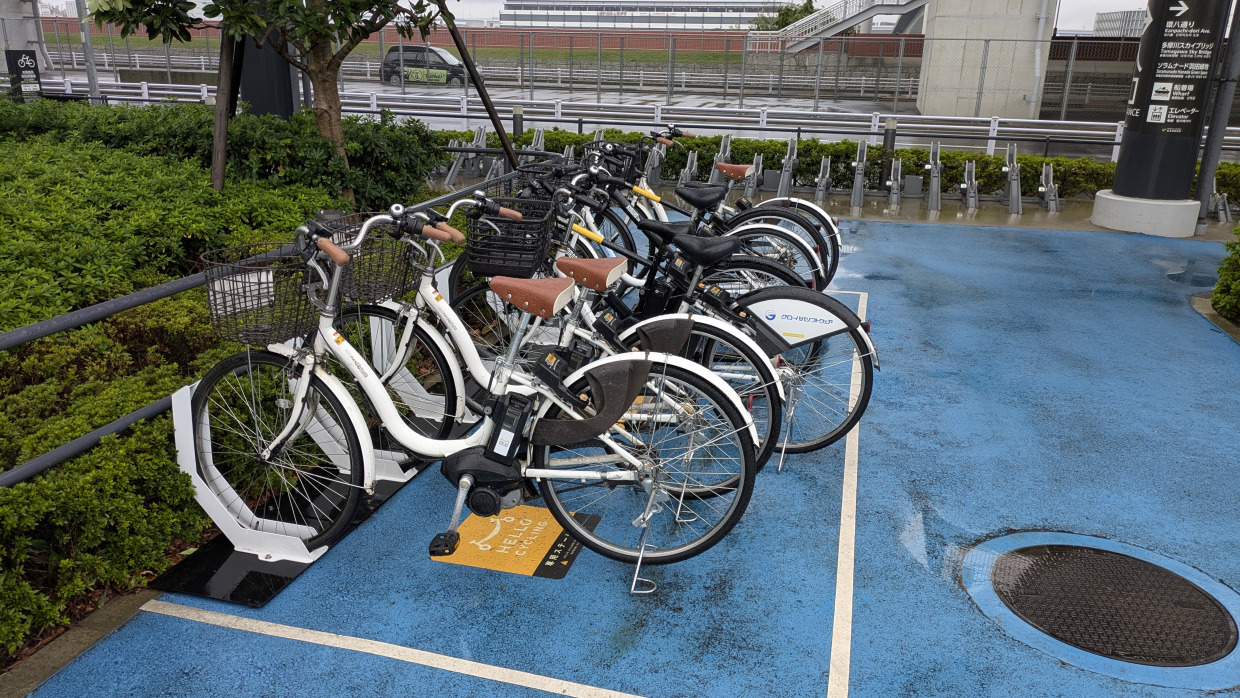
I opted for a slightly more expensive e-bike (still just 200 yen per 30 minutes), which made for a very comfortable ride.
The first destination was the Kamata area. There are several bridges connecting to Haneda Airport, but I recommend following the southernmost route toward Benten Bridge, where traffic is lighter and the ride is more pleasant.
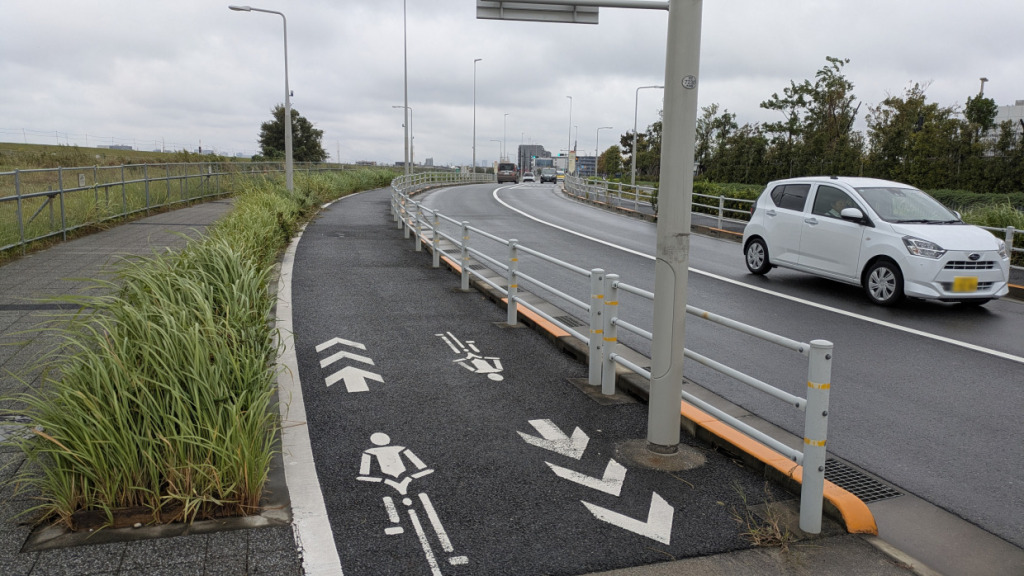
Just about 1 km, or roughly a 5-minute pedal, from the bike-share port brings you to Benten Bridge, where the grand torii of Haneda Heiwa Shrine stands. Crossing this bridge takes you onto the mainland of Ota Ward. I had been a bit worried beforehand that the ride might be difficult, but in reality, the route was very cyclist-friendly, with well-maintained bike lanes throughout.
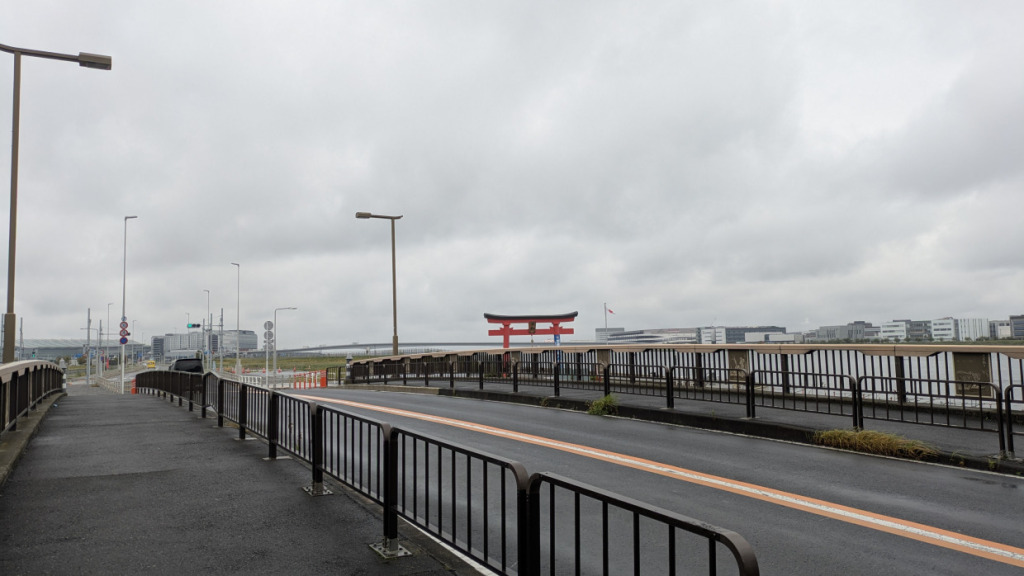

Anamori Inari Shrine – A Fox-Themed Favorite
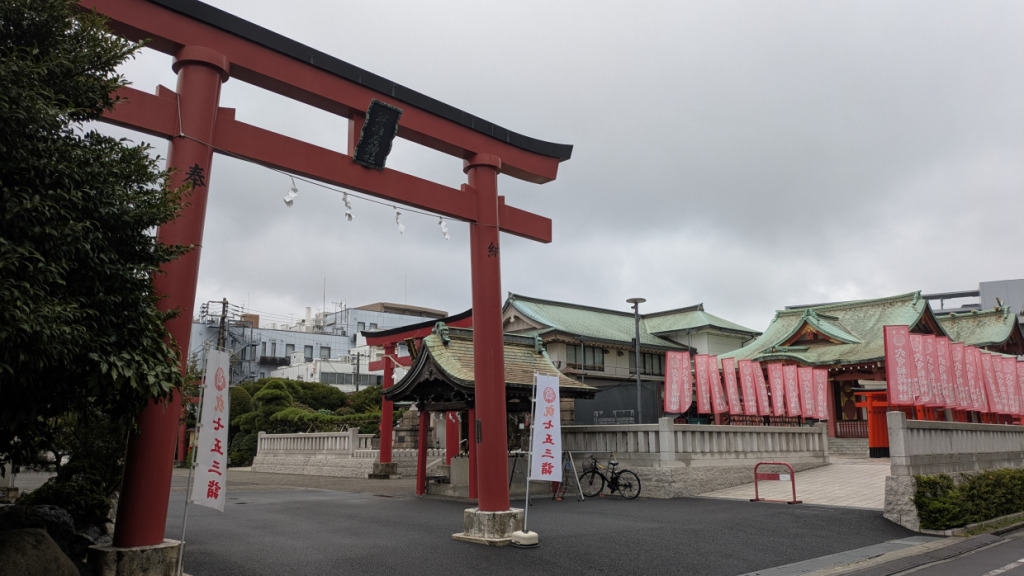
About five minutes from Benten Bridge brings you to Anamori Inari Shrine, which was relocated from the site of the former grand torii. The shape of the torii here is indeed almost identical. The shrine is dedicated to Inari, the deity of fertility and abundance, with foxes enshrined alongside as sacred messengers. Gamers might recall that in the Japanese-style open-world game Ghost of Tsushima, set in the late Kamakura period, foxes similarly guide the protagonist.
The shrine’s grounds aren’t very large, but it’s a truly charming place. Personally, it looks like it will be one of my favorite shrines from now on.

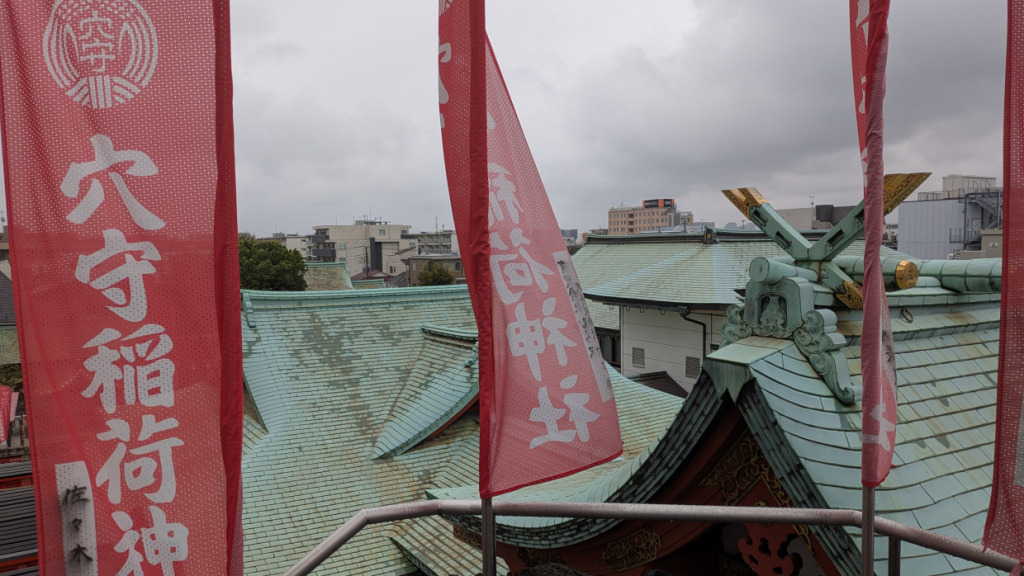
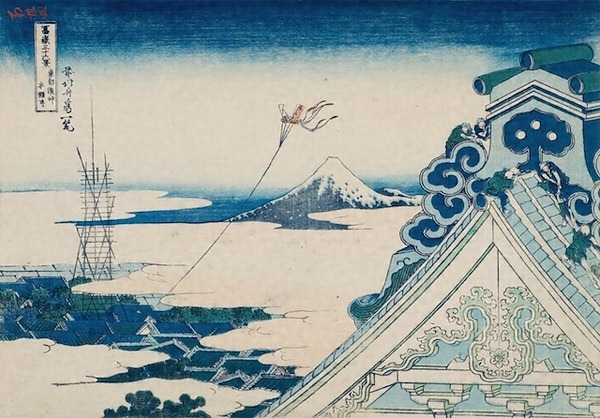
The view from Ontake Shrine, located at the highest point of the grounds, felt reminiscent of Hokusai’s Thirty-six Views of Mount Fuji: “Tōto Asakusa Hongan-ji.” How interesting! I wonder if Mount Fuji could be seen on a clear day?
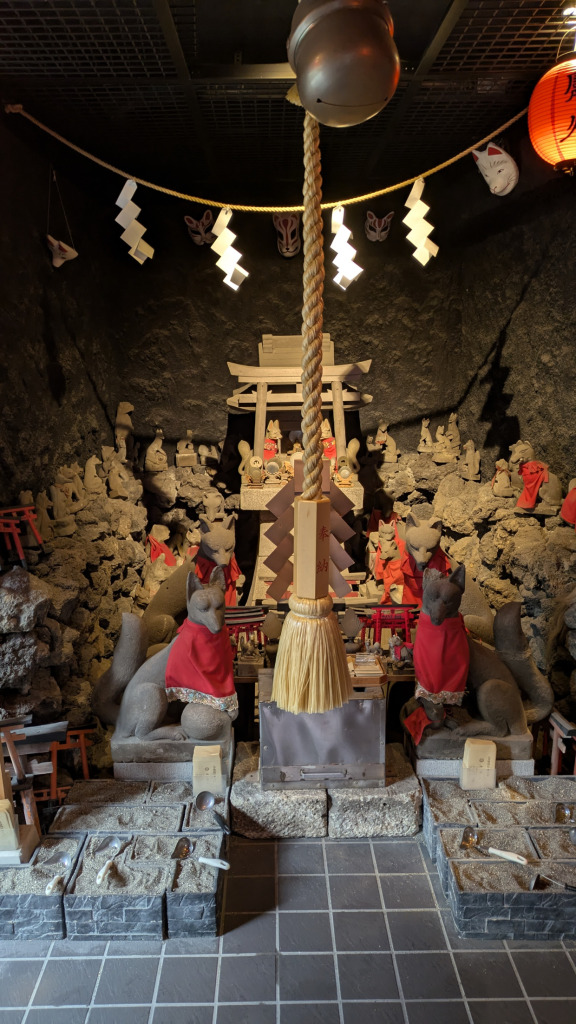
The Fox Mound is home to countless divine messengers. If this were a game, you’d probably get a serious power-up!

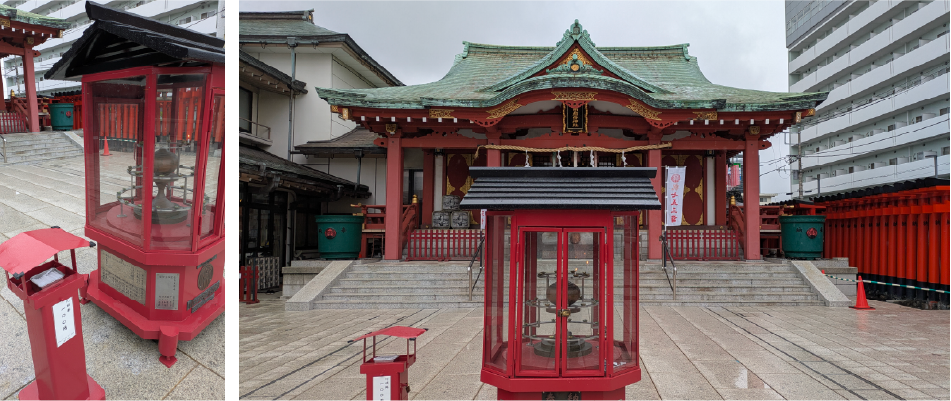

(Right) A rare water omikuji: when dipped in the hand-washing basin, the characters appear. I got chūkichi (moderate good luck).
実は都内有数の温泉地域の蒲田
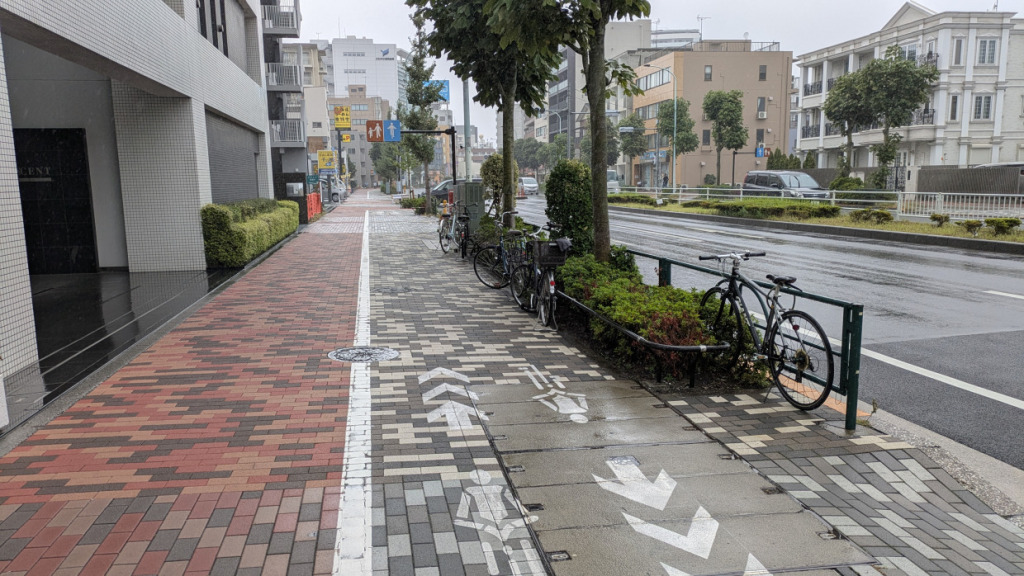
After finishing my visit, I headed about 3 km toward the Kamata Station area. The main streets have bike lanes, making for a comfortable ride… or so I would like to say, but the rain intensified, leaving me completely soaked. Not wanting to catch a cold, I decided to stop by Kamata Onsen, which is open from the morning.

Arriving at Kamata Onsen, I purchased a bathing ticket that came with a disposable towel and entered. It’s quite a bargain to enjoy an onsen at the price of a regular public bath. Since Kamata was once part of the sea, it’s one of the few areas in Tokyo with natural hot springs — very enviable.
The soft, dark-brown water, a local specialty, seeped soothingly into my chilled body. Pure bliss. Looking around, I noticed a few overseas visitors enjoying the bath as well. I had the impression that foreigners usually avoid public baths, but perhaps that’s changing.
I had also been curious about the specialty kamameshi (rice cooked in a pot), but unfortunately, the dining area was under renovation, so I’ll have to try it another time.
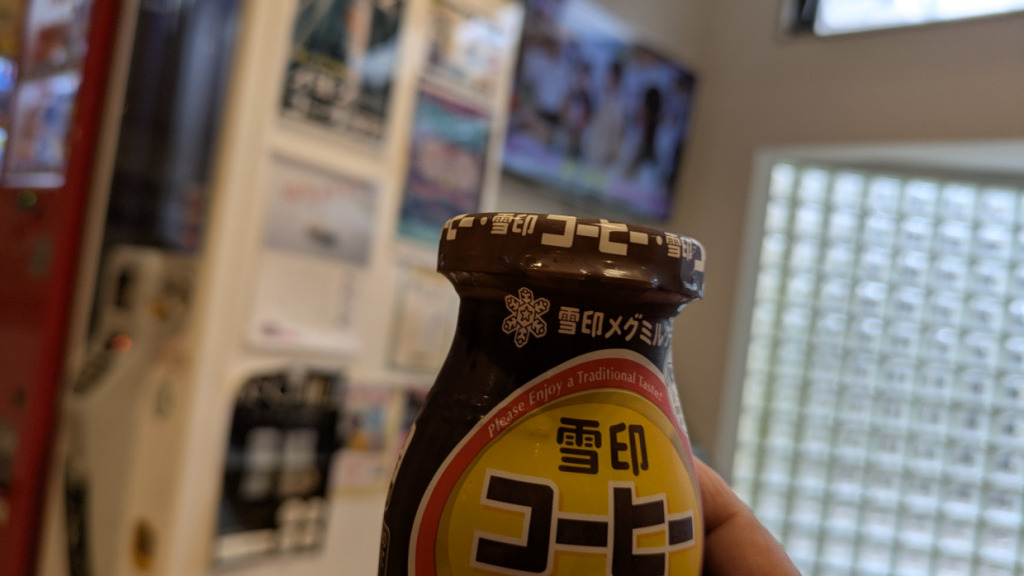
(Bonus) Fresh Seafood Feast at Ota Market
Having missed lunch that day, I’d like to introduce a meal I enjoyed on another visit. Inside the vast Ota Market, which handles fish, produce, and flowers, there’s a facility open to the public called Yacchaba Yokocho, where I had fresh seafood at Sanyo Shokudo.
There’s also a Docomo Bike Share port near the market’s main gate, so if you’re visiting Ota Ward, it’s worth extending your ride. From the bike-share port at Haneda Airport Terminal 3, it’s about 9 km by bike, taking roughly 30–40 minutes. It’s also a great option if you have a long layover at the airport.
However, since it’s a market, many of the shops start closing around noon, so be sure to get there early!

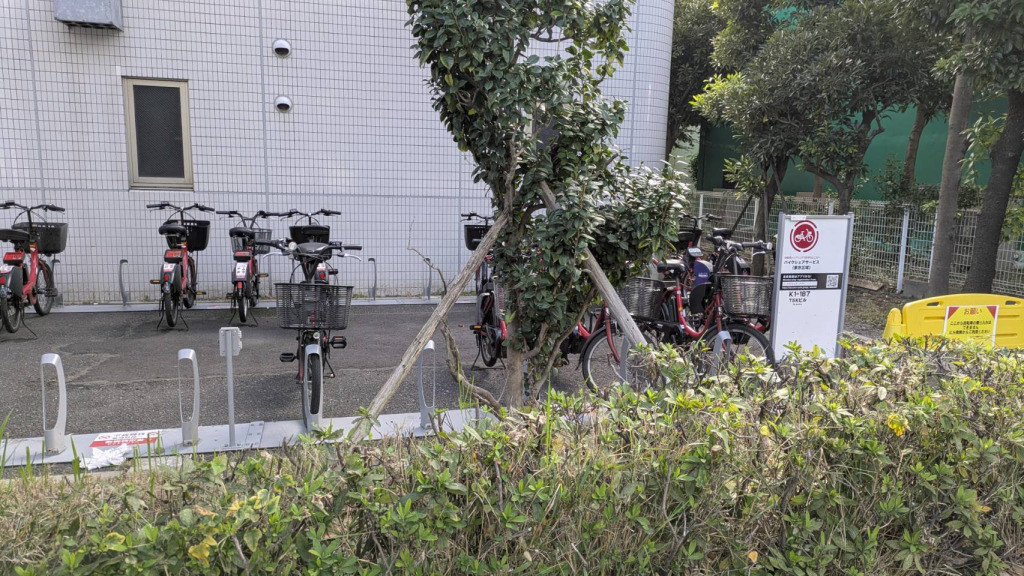
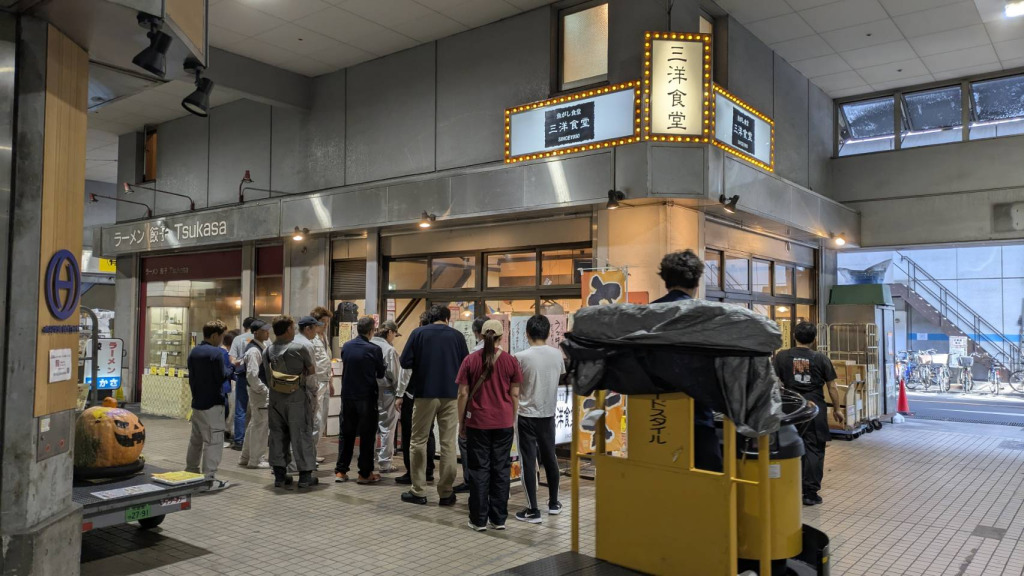

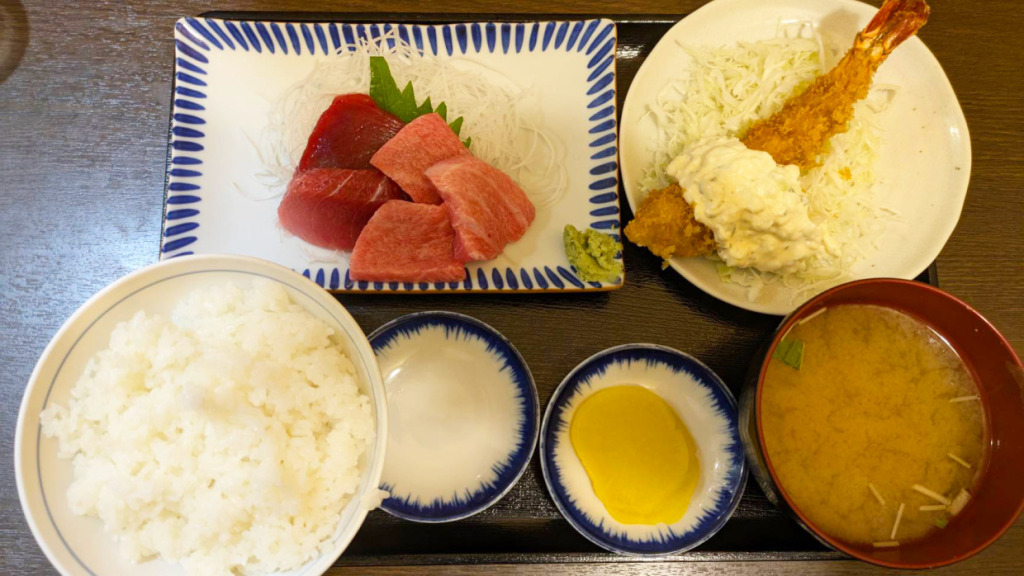
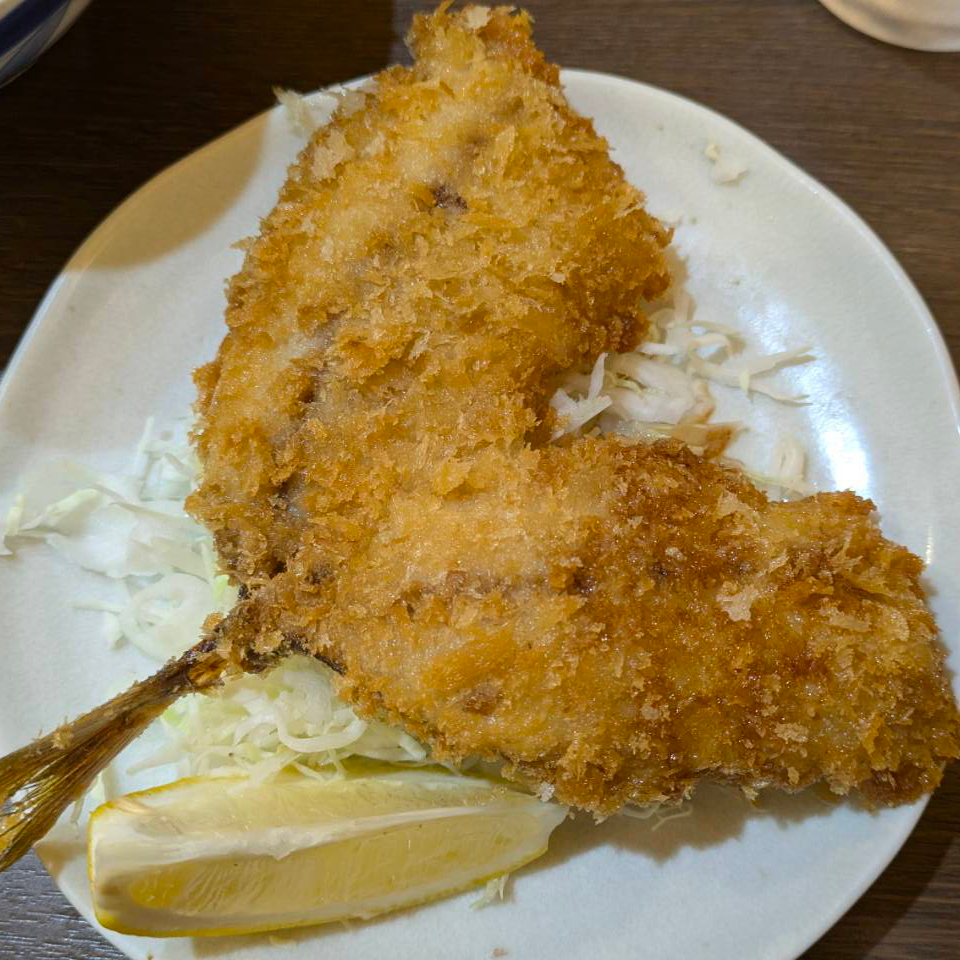

Getting Lost on the Way to Ikegami Honmonji Temple

After warming up at the onsen, I headed to Ikegami Honmonji Temple. This historic temple is the site where Nichiren, the founder of the Nichiren sect—one of Japan’s eight major Buddhist sects—passed away.
Since the temple is located on a small hill, the approach involves many slopes and narrow streets, and I got a bit lost along the way. For those unfamiliar with the area, riding a non-electric bike might be challenging.
Passing through the stalls lining the approach, the view opened up to reveal the massive main hall. Inside, the solemn atmosphere was filled with the chanting of the monks, and I completed my visit with a quiet prayer.
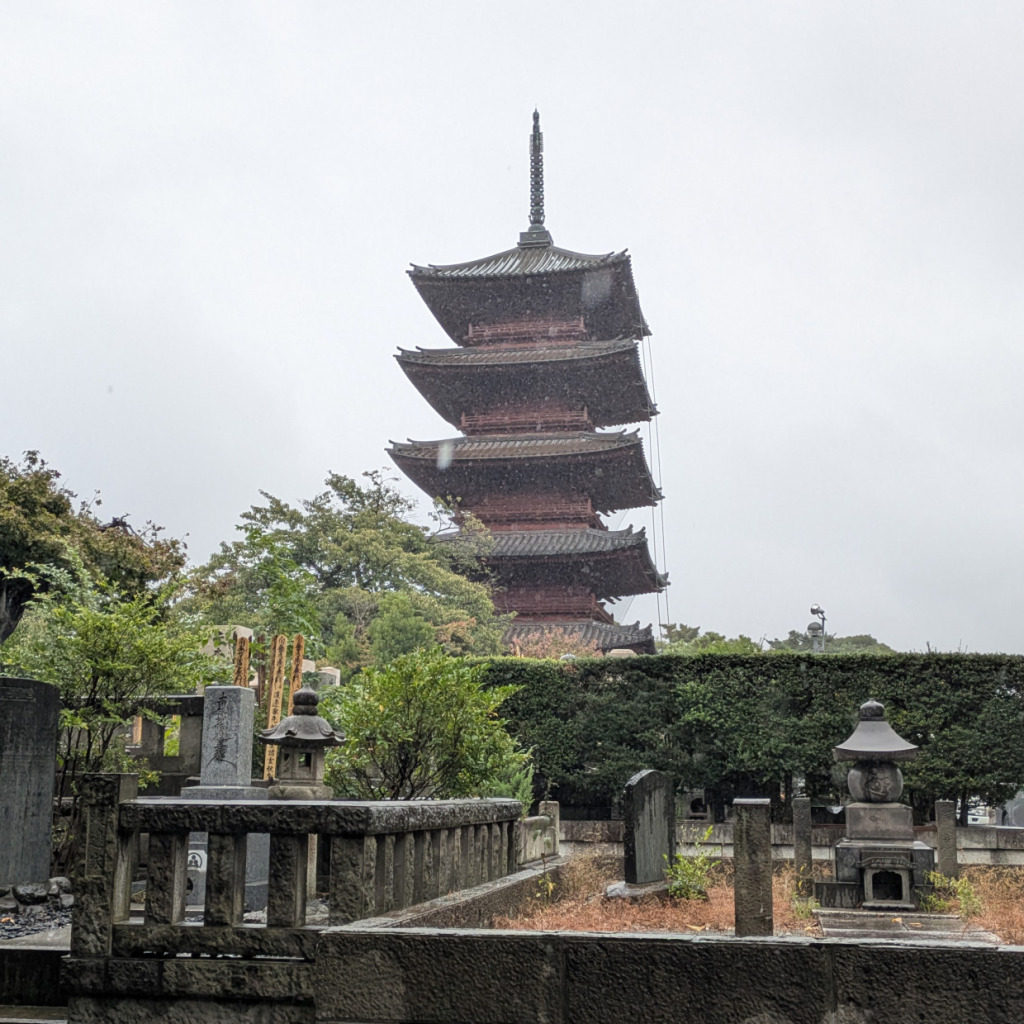

Admiring Works by the Painter Loved by Steve Jobs in the Magome Area
In the spirit of “Autumn for the Arts”*, my next stop was the Magome area, where I visited three art-related facilities in one go.
*In Japan, the comfortable autumn season is considered ideal for various activities, so expressions like “~ no Aki” (“Autumn for ~”) are commonly used—for example, Sports no Aki (Autumn for Sports), Kouraku no Aki (Autumn for Outings), or Geijutsu no Aki (Autumn for the Arts).
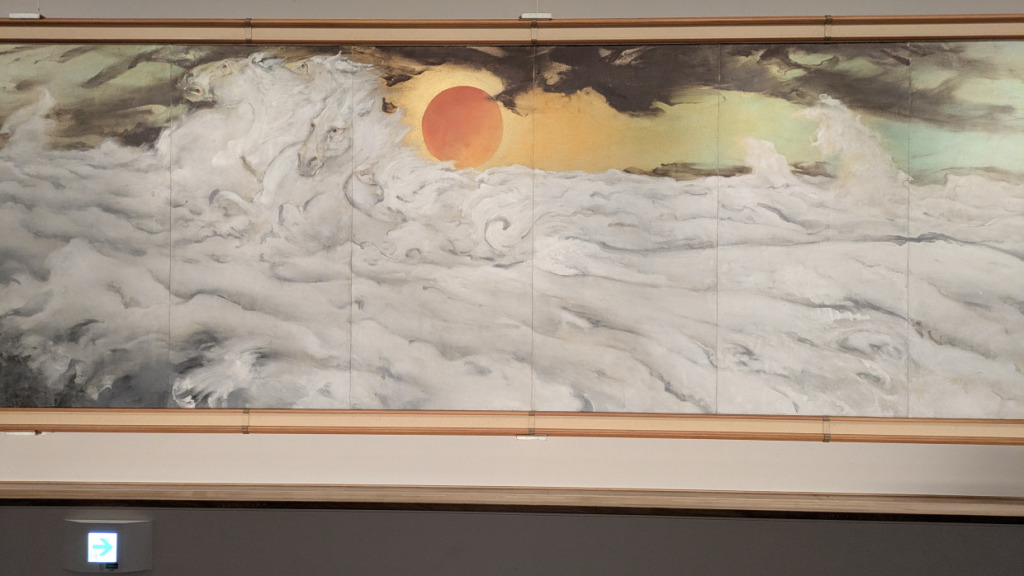
First, I visited the Ryushi Memorial Museum, established by Ryushi Kawabata, hailed as a master of modern Japanese painting. The photo shows a large-scale work titled “Goraikō”, created in memory of his friend, the painter Gyokudō Kawai.

Next, I visited the Tsuneko Kumagai Memorial Museum, dedicated to Tsuneko Kumagai, a leading female calligrapher of the Showa era (the woman in the statue). Unfortunately, photography inside the museum was prohibited, but the artist’s former residence has been converted into the museum, and I felt a nostalgic charm in the stylish Showa-era home.

The third stop was the Ota City Fork Museum, where you can view exhibitions of locally connected artists—completely free of charge. Today’s exhibition featured Japanese prints: “Shotei Takahashi x Hasui Kawase.”
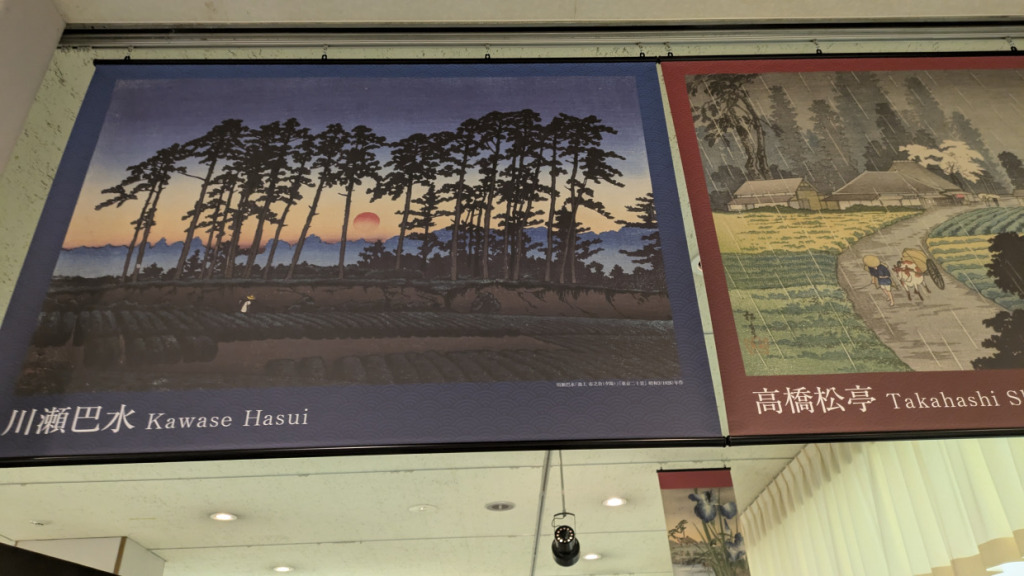
Both artists are said to be painters of “Shin-hanga”, a style based on the techniques of Edo-period ukiyo-e. In particular, Hasui Kawase, who was active from the late Meiji to early Showa period, is considered a representative Shin-hanga artist, and his richly lyrical works were highly appreciated overseas.
I had previously seen Kawase’s prints in a magazine or somewhere and had been intrigued, so seeing the originals in person was extremely satisfying. Incidentally, Steve Jobs, co-founder of Apple and an admirer of Eastern aesthetics, was reportedly a fan of Kawase’s work. Indeed, one can’t help but notice some similarities with the clean, simple design of Apple products.
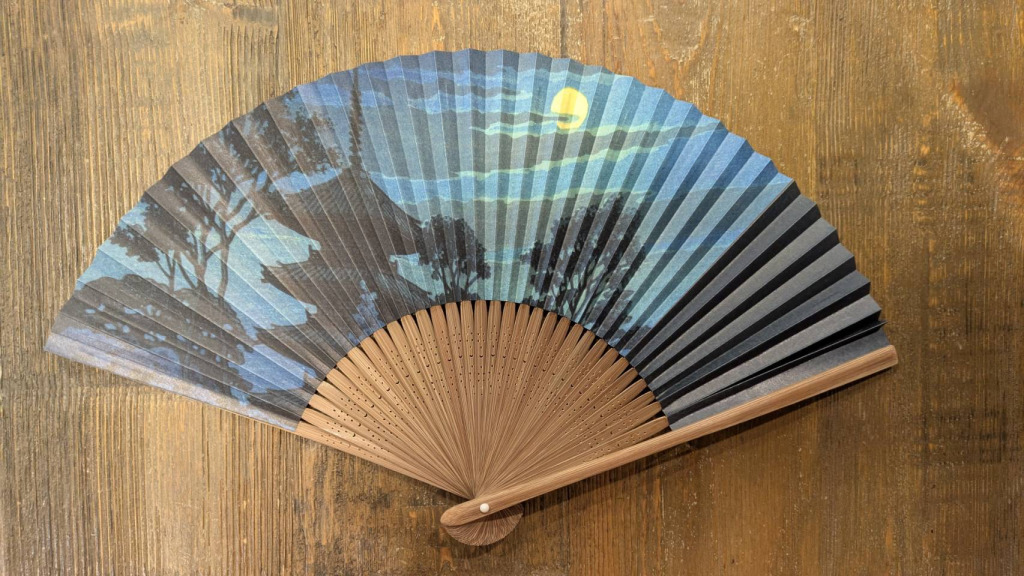
Finishing Off at the Famous Oomori Restaurant “Nikomi Tutahachi”
After enjoying the art, I headed toward my final destination, Omori, taking roads that still retain the charm of the old town. A little fun fact: the name Ota Ward comes from combining the first and last characters of Omori and Kamata.

I returned the shared bike at the port in front of the station, marking the end of today’s cycling stroll. I then met up with a friend who lives in Omori, and we headed on foot to…
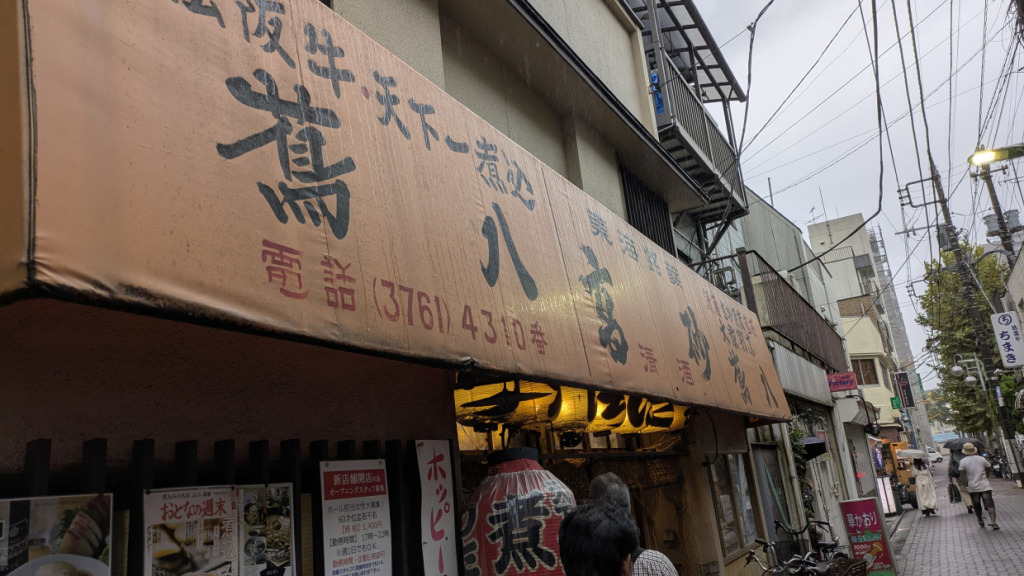
Our final stop was Nikomi Tutahachi, a famous izakaya in Omori.
This popular local spot usually has long lines, but by timing our visit with the 4 PM opening, we were able to get in without waiting.
Stepping through the door with a hint of nervousness for my first visit, I saw the large stew pot—the restaurant’s specialty—sitting proudly inside the U-shaped counter. The walls were lined with handwritten menu strips, and plastic holders for payment chips reminiscent of cloakroom tickets added to the nostalgic Showa-era atmosphere.
*Nikomi is a hearty Japanese stew made with meat and vegetables. Slowly simmered in a soy- or miso-based broth, it becomes tender and full of flavor—a classic dish of traditional izakayas.
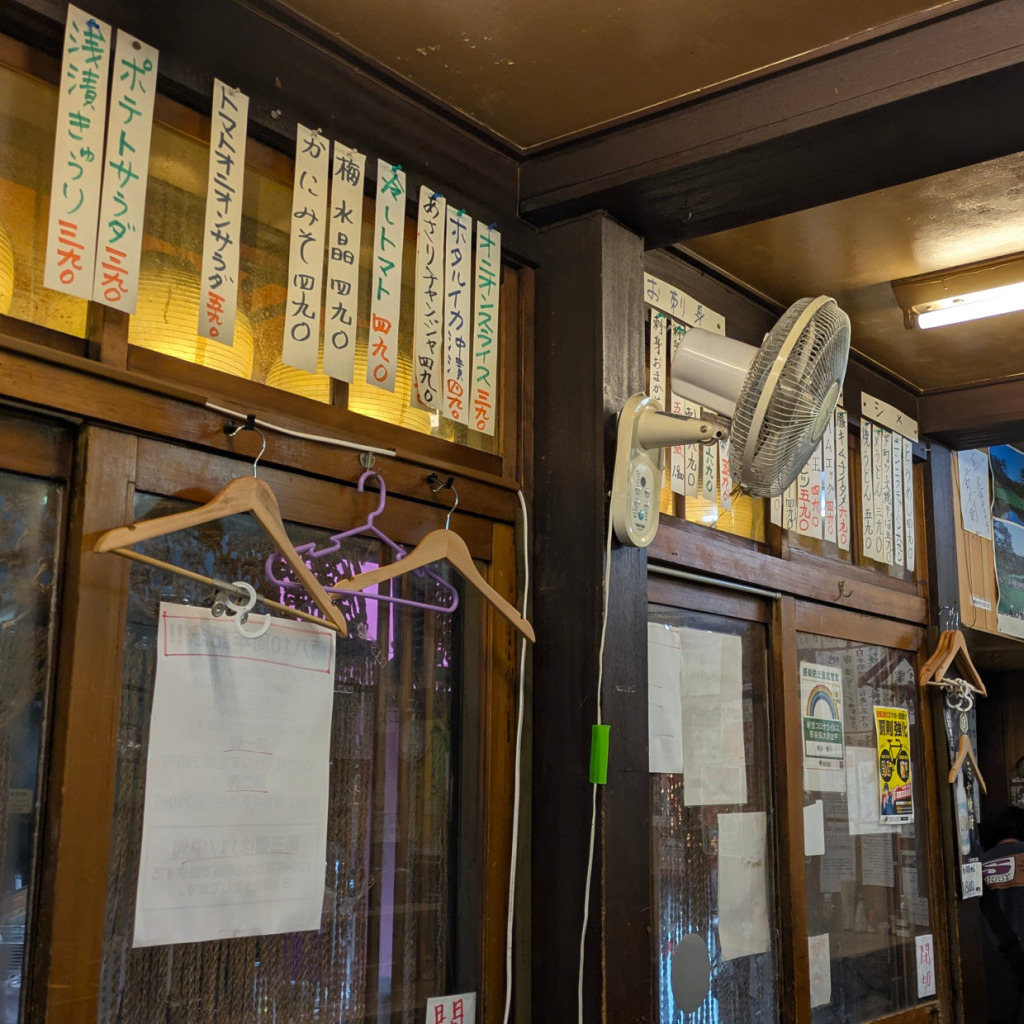
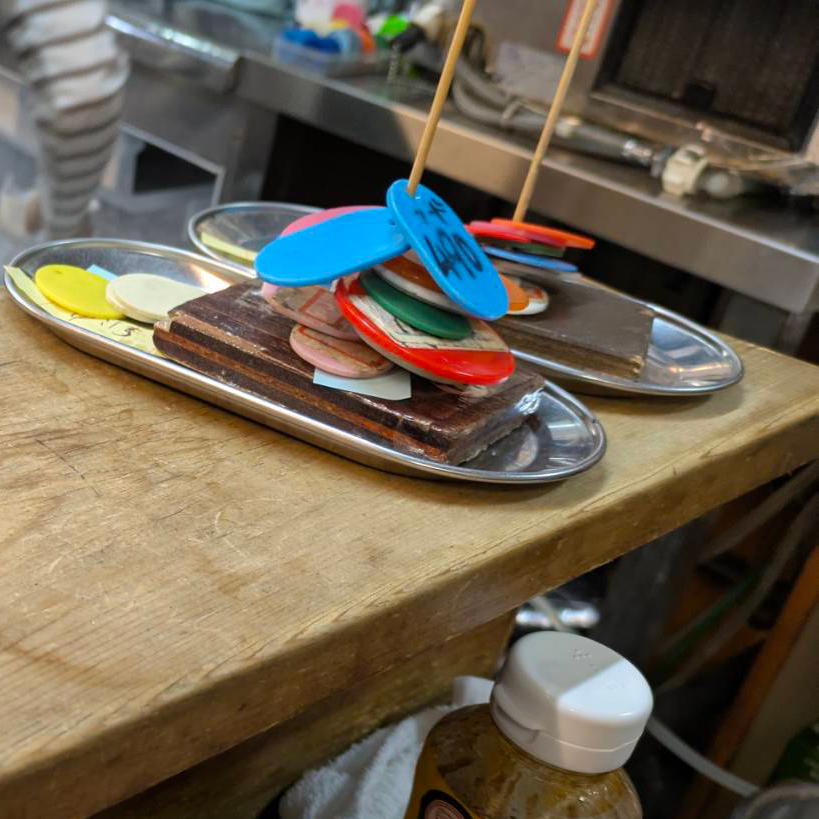
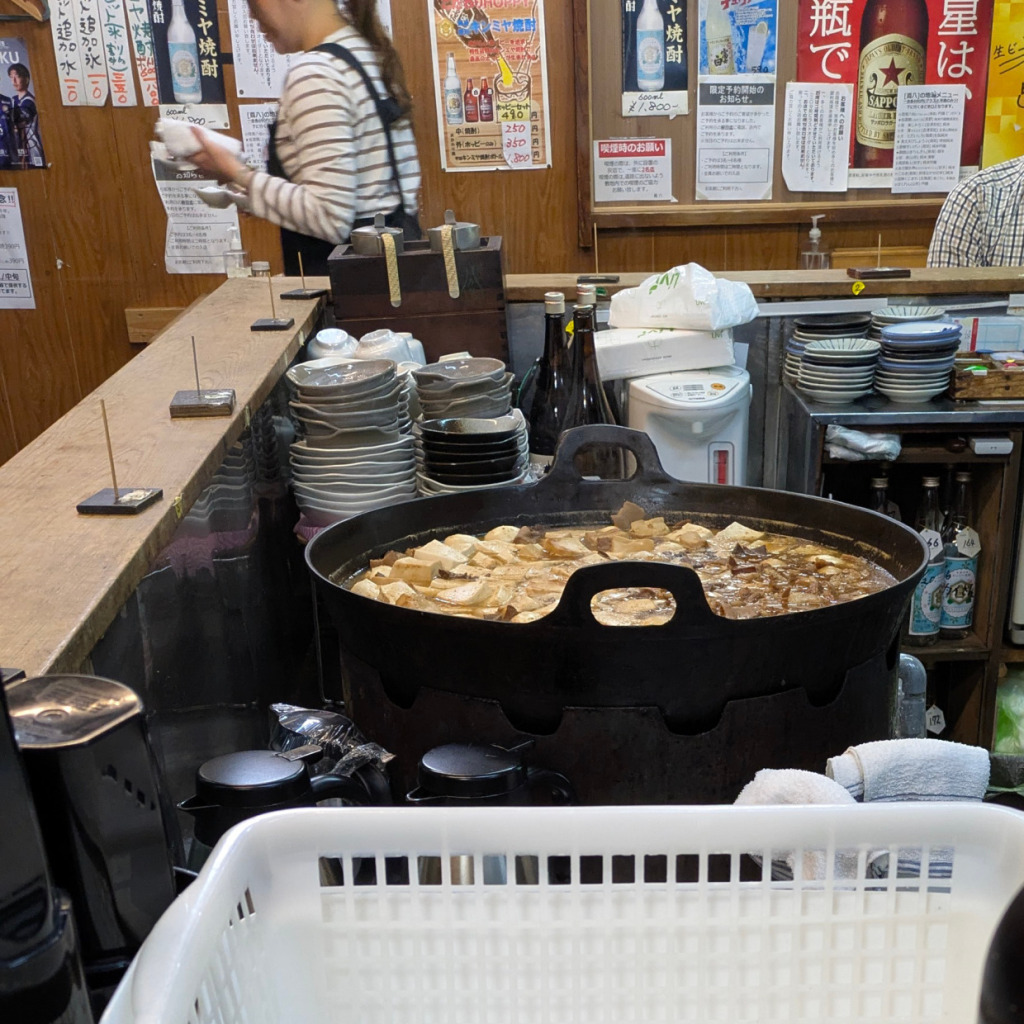
First, we started with the specialty nikomi (with a boiled egg) as a snack and raised a toast with black Hoppy. The dish, packed with the rich flavors of root vegetables and beef offal, made the drinks flow easily. Next, we ordered an assorted sashimi platter. While sashimi at izakayas can sometimes be disappointing, the freshness here was truly surprising—likely thanks to the market nearby.
*Black Hoppy is a Japanese drink that looks like beer but is actually a low-alcohol, beer-flavored beverage. Traditionally, it’s mixed with shōchū (a distilled spirit) to create a light, refreshing drink with a malty taste, often enjoyed in izakayas as a beer alternative.
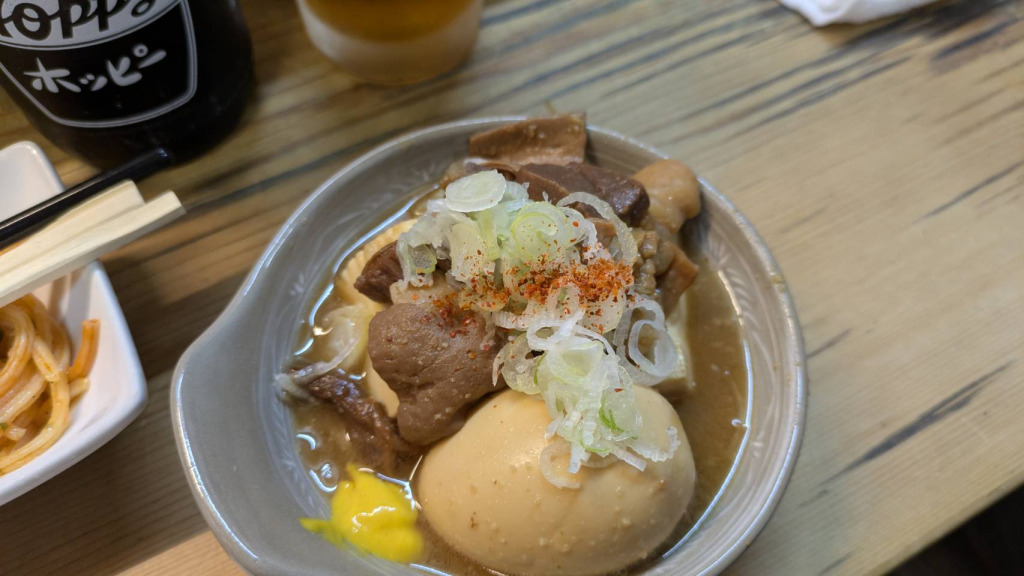
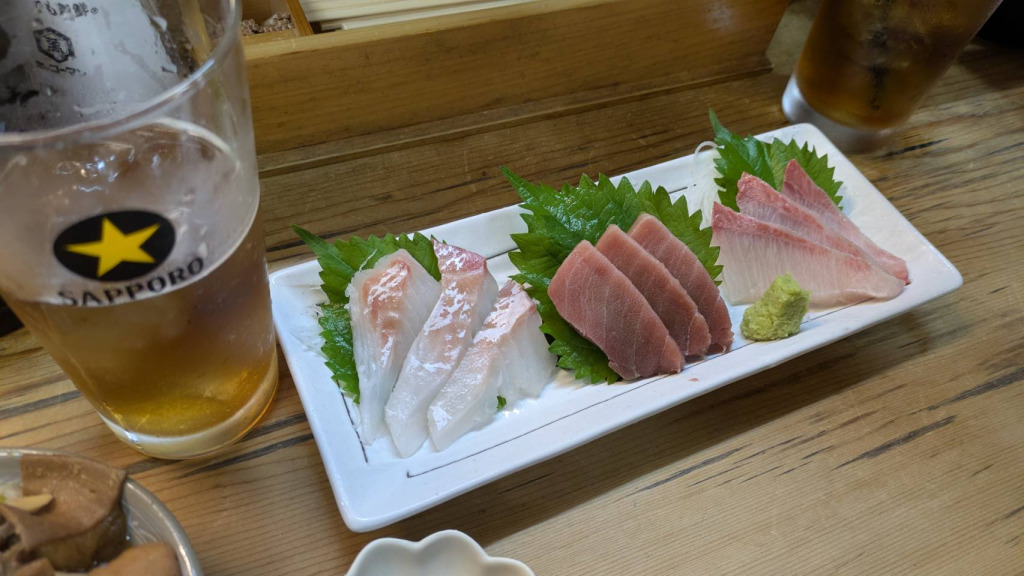
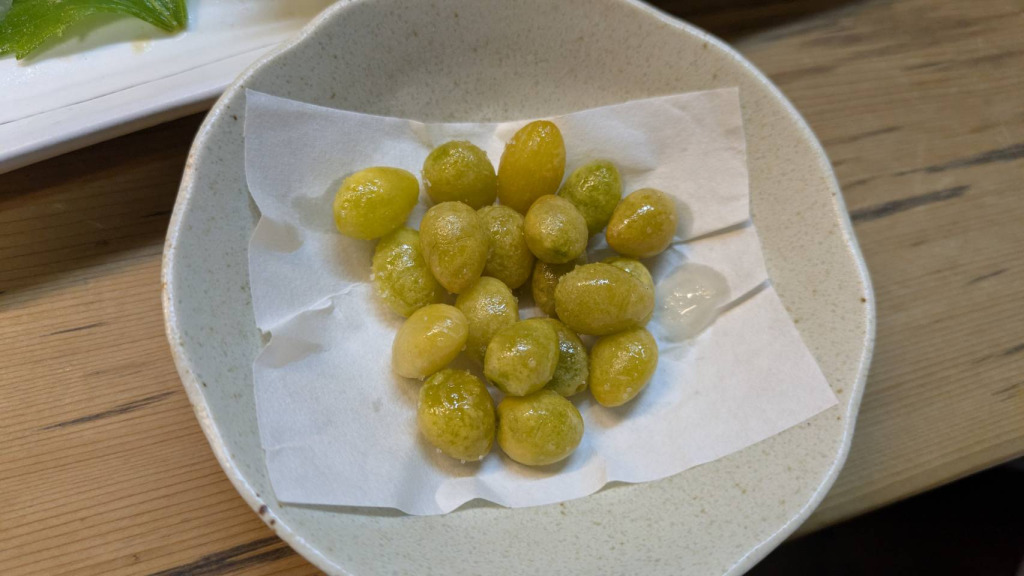
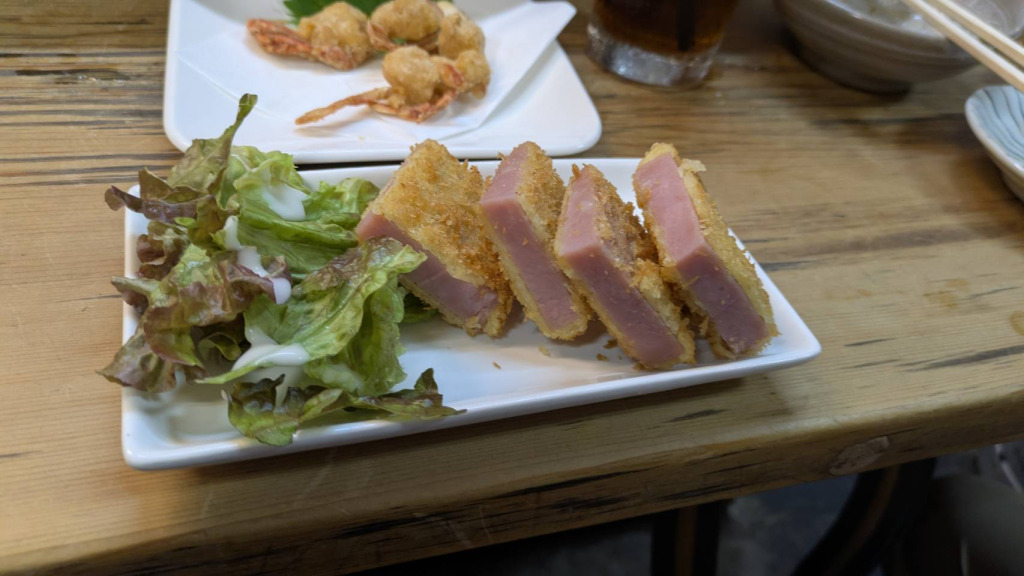
All the other snacks were sure to delight any drink lover.

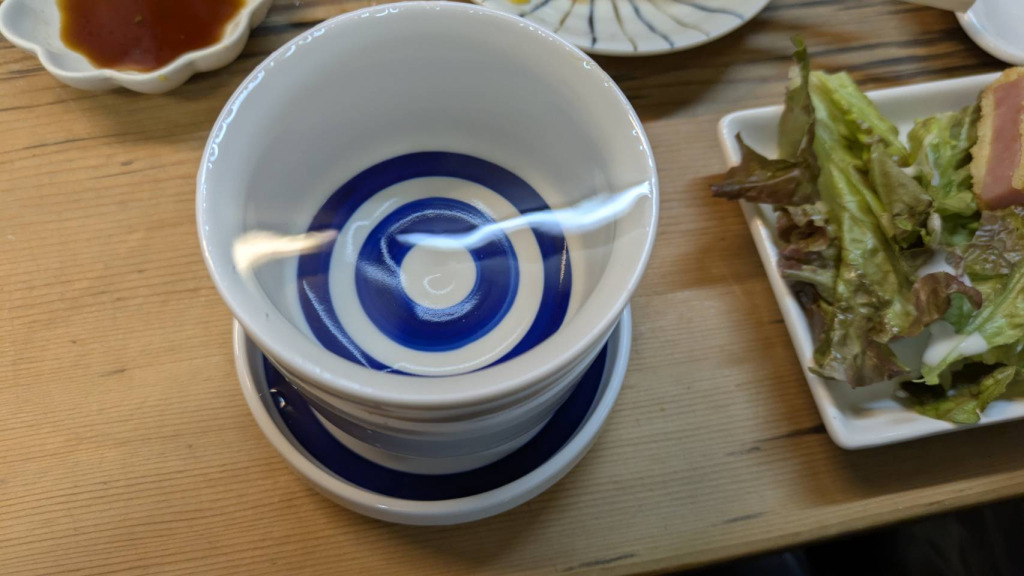
Before long, we were sipping cold and hot sake, and the night in Omori slowly deepened, as if we had time-traveled back to the Showa era with an old friend.
🚴♂️今日のコース🚴♂️
🚴♂️Articles by Shitamachi Kombu🚴♂️
Tokyo old town bicycle stroll 01
Collecting “Goshuin” (temple or shrine stamps) in the Yanesen area
Tokyo old town bicycle stroll 02
Hokusai bicycle stroll
#01 Birth to Teens
#02 20s to 40s
#03 50s and Beyond
Tokyo old town bicycle stroll 03
Kanda Matsuri (Festival)
Tokyo old town bicycle stroll 04
Ota-Ward
Profile
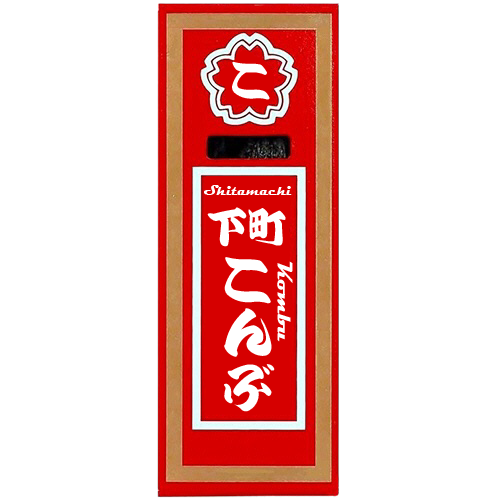
Shitamachi Kombu
Weekend writer. Born in Kanda, Tokyo, and the third generation “Edokko” (Tokyoite). Interested in rediscovering the shitamachi (oldtown) area. Relies on an electric bicycle daily as a commuting companion. Suffers from a poor sense of direction. A fan of essayist Sadao Shouji. Writing under the pen name “Shitamachi Kombu,” inspired by the classic snack “Miyako (downtown) Kombu.”